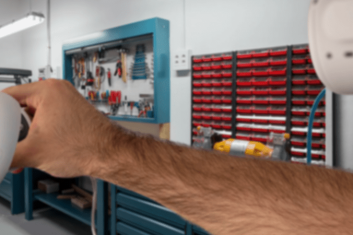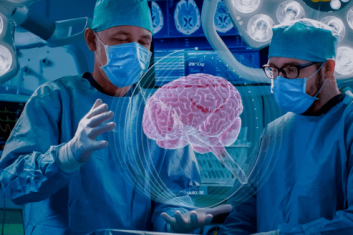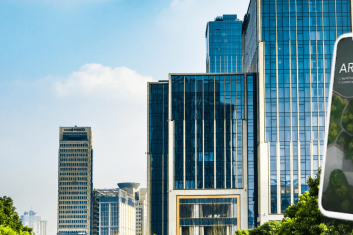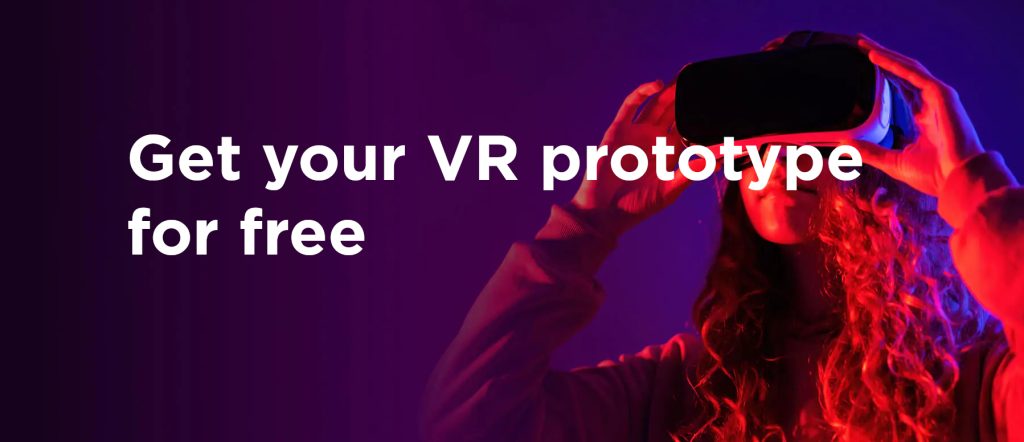Highlights
Need
Reduce learning time and expenses on employee training
Solution
PoC for VR employee training for the production facility
Technologies
Outcomes
73%
decrease in training costs
3-week
prototyping
Through a collaboration with HQSoftware, the customer received a successful Proof of Concept (PoC) of VR training designed to help line operators practice their bottling skills and carry out safety protocols in the company’s bottling shop floor.
The solution we provided showed that our client could potentially reduce training costs by up to 73% annually and cut training time by 2.5 times, prompting the client to consider further development of VR training.
Need a reliable partner to develop an effective VR training? We’re ready to help!HQSoftware has a team of skilled professionals ready to tackle the project. Ask me!
Anna Halias
Business Development Manager
Customer
The customer is one of the leading producers of alcoholic beverages based in the United States.
According to the customer’s statistics, the company invested around $200,000 annually to train employees on a single process, with approximately $12,000-15,000 allocated per employee worldwide. Moreover, considering the necessity to train multiple processes and turnover among staff, this results in costs amounting to millions of dollars.
For training purposes, it was sometimes necessary to temporarily divert an employee from the workflow or halt operations on the production shop floor during training, which led to high costs.
The company was looking for ways to cut training expenses while enhancing educational programs and decreasing learning time, using Virtual Reality.
Solution
To demonstrate the capabilities of VR and allow the client to evaluate its effectiveness, our development team engineered a demo of a filling line operator training program comprising five components.
1. Personal Protective Equipment (PPE) Training
The training program begins with basic safety instructions on using PPE, including protective glasses, earplugs, vest, a hard hat, etc.
After the introductory briefing, the trainee puts on the personal protective clothing and moves to the next training room.

2. Educational Video Instructions
To show the diverse capabilities of VR training, we incorporated real video guidance into a virtual TV hanging on the wall between the immersive rooms.
Before proceeding to the next room, the learner watches a tutorial with a real engineer explaining what happens on the production line and receives the initial machine operation instructions.
3. Hand-on Training
In the virtual bottling shop floor, a trainee interacts with the production line and associated equipment.
In this part of the training, the learner is asked to run different bottle filling cycles using a standard interface. As soon as the conveyor belt moves, precisely spaced empty bottles start to fill with the desired beverage. To halt the conveyor belt, the learner presses the stop button.
To help users understand actions they need to perform more easily, we implemented voice-over instruction, which provides clear guidance on what is expected at each step.
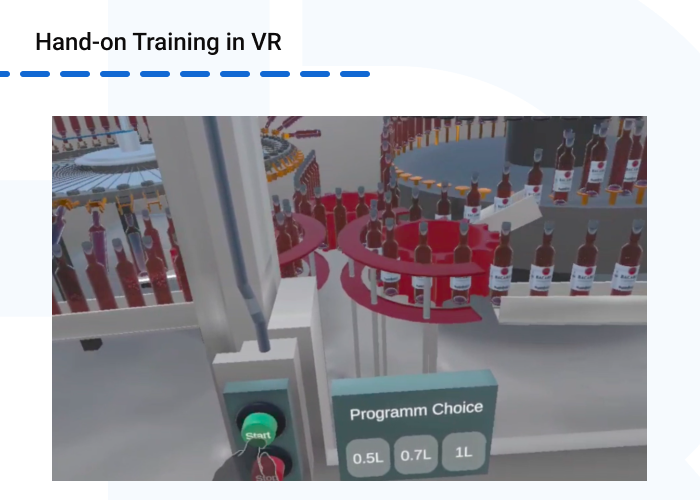
4. Emergency Training
As part of the program, trainees learn the important safety protocols to be followed in an emergency alarm situation. In case of an alarm, trainees must immediately activate the emergency shutdown button to halt all machine functions. Once the filling line has completely stopped, trainees need to leave the area quickly.
Visual elements, such as evacuation arrows, flashing red lights, and a siren help to properly navigate within the training environment.
More complex scenarios can be developed for emergencies such as injury accidents, fires, explosions, and natural catastrophes.
5. Automated Assessment
After completing the training, the learner undergoes automated assessment. In demonstration training, this is an automated performance evaluation system.
For advanced training assessments, we can incorporate dynamic evaluation metrics, such as correct and incorrect actions, steps completed, and response time for emergency actions.
All these metrics can be customized and automatically uploaded to trainees’ LMS profiles after each session. This allows for monitoring learning progress at an individual level.
For a more realistic immersion, we eliminated the use of controllers and employed glasses to do hand tracking. This allowed trainees to interact with the environment using natural hand movements, enhancing their sense of engagement.
To improve the user experience, we incorporated additional visual effects. Specifically, we used highlighting techniques to draw attention to relevant areas on objects, making it clearer to trainees what button they should press and how to apply equipment in the given environment.
Enhancement possibilities
To implement VR training in a cost-effective way, it’s possible to incorporate basic functionality within 3-6 weeks with the allocated budget and then expand it in future in keeping with your business needs.
Potentially, as the number of modules, components, assets, and techniques expands, we can make it possible for you to create new components independently. You can add components and reuse them, and the training system will remain more cost-effective than your current setup.
This type of training can be utilized by multiple trainees simultaneously, thereby reducing the training cost per employee.
Alexey Dunaevsky
Educational Design Lead
at HQSoftwareBy purchasing 3 pairs of glasses, you can potentially accommodate a training group of up to 40 people per day, with an average training duration of 10-20 minutes.
Additionally, our team can create an advanced learning infrastructure by integrating the VR solution with an LMS or any other internal or external system.
Team
- 1 Unity developer
- 1 project manager (part-time)
- 1 instructional designer
Learn more about our VR development services.
We are open to seeing your business needs and determining the best solution. Complete this form, and receive a free personalized proposal from your dedicated manager.

Sergei Vardomatski
Founder



